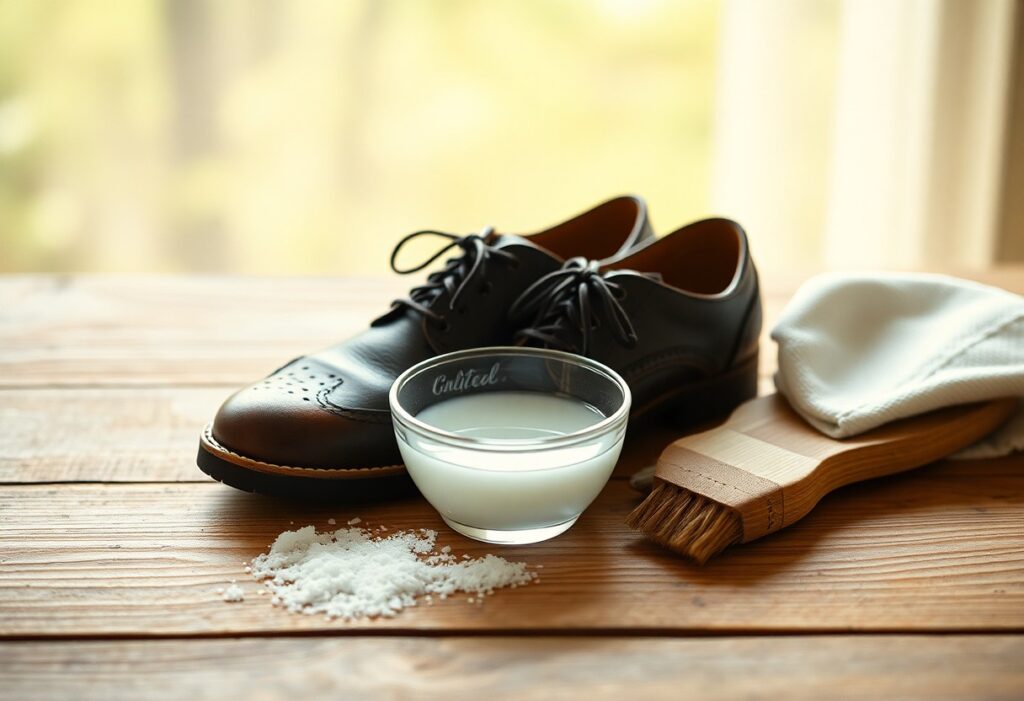
Implementing effective strategies for protecting your shoes during the winter months is vital to prevent the damaging effects of road salt. In areas experiencing harsh cold weather, your footwear faces constant exposure to detrimental road salt, which can severely compromise the integrity of leather and leave behind unsightly stains. The foundation for maintaining your shoes lies in proactive measures, starting with regular cleaning and appropriate care techniques. This comprehensive guide will provide you with practical methods to both prevent and efficiently remove salt stains, ensuring you extend the lifespan of your shoes and keep them looking pristine. Explore tried-and-true techniques for daily upkeep and stain removal that will safeguard your footwear against the rigors of winter.
Recognizing the Detrimental Effects of Salt Stains on Your Footwear
Understanding the implications of winter weather coupled with road salt is essential for safeguarding your shoes. When footwear comes into contact with salt-laden snow and slush, it often ends up with white residue and permanent stains that can greatly diminish both the aesthetic appeal and the structural integrity of your footwear. Salt not only tarnishes the appearance of your shoes but can also lead to more serious long-term issues, such as cracking and weakening of materials, especially if left unaddressed. Identifying the signs of salt damage early allows you to take corrective action before it escalates into more significant problems. Swiftly addressing these concerns will not only sustain the visual appeal of your shoes but also ensure their longevity.
Identifying Various Types of Salt Stains on Different Shoe Materials
- Leather shoes typically show visible white rings and patches
- Suede material often develops crusty white deposits
- Canvas shoes may exhibit a powdery white residue
- Synthetic materials might display discolored spots
| Material | Characteristics of Salt Stains |
|---|---|
| Leather | Noticeable white rings and dried patches |
| Suede | Crusty white deposits |
| Canvas | Powdery white residue |
| Synthetic | Discolored spots |
| Nubuck | Rough white patches |
Understanding How Salt Causes Damage to Leather and Other Shoe Materials
The immediate effect of salt exposure is the dehydration of leather fibers. Salt functions as a desiccant, extracting vital moisture from your shoes, which can lead to cracking, discoloration, and overall structural deterioration of the material over time. The presence of salt can disrupt the natural oils that keep leather supple and robust, resulting in a shortened lifespan for your favorite footwear. If left unattended, road salt stains can inflict irreparable damage, highlighting the urgency of prompt action. The corrosive nature of salt deteriorates the natural oils found in leather, weakens fiber bonds, and may ultimately lead to irreversible degradation of your shoes. To safeguard your investment, tackling any salt stains within 24 hours is essential to prevent lasting damage that can ruin your footwear.
Proactive Strategies to Prevent Salt Damage to Your Shoes During Winter
To effectively protect your shoes against salt damage, engaging in proactive care strategies is essential. Start by applying a waterproofing treatment to your shoes before the winter season begins, and commit to regular application of protective sprays throughout the winter months. These preventive measures form a barrier against salt-laden water, helping to keep your shoes safe from direct contact with corrosive elements that can harm the leather surface. Additionally, establishing a consistent cleaning routine will further enhance your shoes' resilience against the harsh winter environment.
Implementing Pre-treatment Solutions and Protective Measures for Footwear
Maximize your shoes’ defense against salt damage by applying a high-quality leather conditioner followed by a reliable waterproofing spray. It’s advisable to reapply these protective layers every 2-3 weeks during the winter months to ensure sustained protection. For enhanced durability, consider utilizing a wax-based protector as an additional layer of defense against the harsh elements threatening your footwear. Regularly checking your shoes for any signs of wear can help maintain their protective coatings and ensure they remain effective throughout the season.
Best Practices for Winter Maintenance of Your Footwear
Adopting effective winter shoe care techniques is crucial for preserving the integrity of your footwear. Give priority to daily cleaning and sound storage practices to shield your shoes from salt damage. Consistent cleaning after exposure to salt is vital, as it prevents the buildup of detrimental residues. Additionally, employing shoe trees when storing your shoes helps maintain their shape, while rotating between multiple pairs reduces wear and extends the life of each pair. Regularly applying protective spray is key to maintaining defenses and ensuring your footwear is always prepared to face the elements.
- Clean your shoes immediately after exposure to salt
- Utilize shoe trees when storing to maintain shape
- Rotate between multiple pairs of shoes to minimize wear
- Consistently apply protective spray to maintain defenses
Every winter day presents a risk to your shoes, making vigilance essential. Winter maintenance demands your consistent focus and commitment to detail.
- Regularly check weather forecasts for salt warning days
- Keep cleaning supplies easily accessible at home and work
- Incorporate regular protective treatment days into your routine
- Monitor the condition of your shoes on a weekly basis
Remember, prevention is significantly more effective than dealing with damage after it occurs. By adopting these proactive measures, you can greatly reduce the risk of salt stains and maintain the appearance of your shoes throughout the winter months.
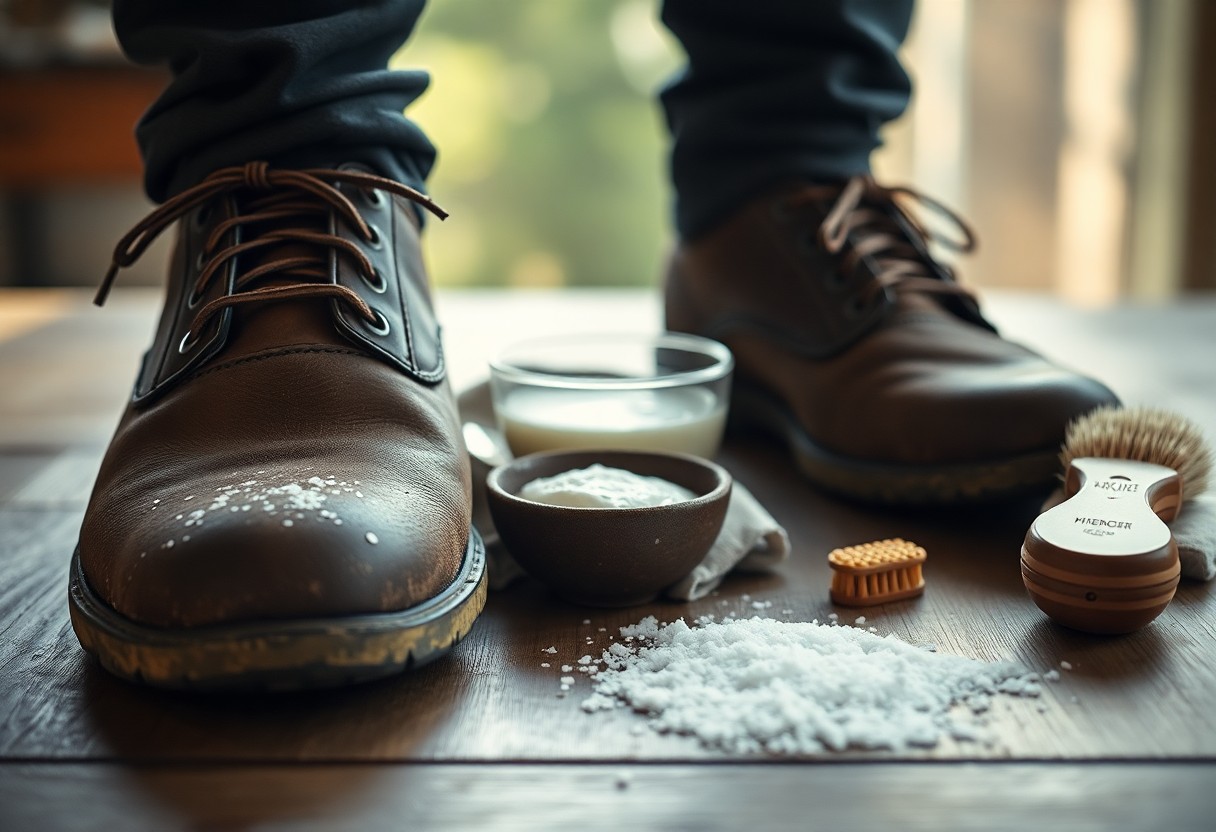
Step-by-Step Process for Effectively Removing Salt Stains from Your Shoes
Successfully removing salt stains from your shoes is achievable through a systematic approach. This detailed process necessitates careful attention to detail and the right cleaning supplies to ensure effective stain removal without harming the leather. The cornerstone of effective cleaning lies in employing gentle methods that do not compromise the integrity of the materials.
| Basic Cleaning Items | Advanced Cleaning Items |
| Warm water, Clean cloth, Paper towels | Vinegar, Lemon juice, Leather cleaner |
Initial Cleaning Techniques for Fresh Salt Stains
Salt stains are most effectively managed when treated immediately. Utilize a clean, damp cloth to gently wipe your shoes from top to bottom, ensuring that you frequently change the cloth section to prevent spreading the salt further onto the leather. This initial cleaning step is crucial as it helps lift the salt from the surface before it seeps deeper into the material, causing more damage. After the initial wipe, allow your shoes to air dry naturally to preserve their shape.
Advanced Cleaning Techniques for Stubborn Salt Stains
- Mix equal parts water, vinegar, and lemon juice in a bowl to create a potent cleaning solution.
- Carefully apply the solution using a soft cloth, ensuring you do not saturate the leather.
- Wipe in one direction only to avoid damaging the leather while effectively lifting the stain.
- Be cautious to avoid oversaturating the leather during the cleaning process, as this can lead to further complications.
Successfully addressing stubborn salt stains requires a methodical approach. Always remember to test cleaning solutions on a small, hidden area first to confirm they won’t damage your shoes. This precaution ensures you can proceed with confidence, knowing your cleaning method will preserve the quality of your footwear.
| Immediate Care Steps | Long-term Protection Steps |
| Air dry your shoes at room temperature | Consistently apply leather conditioner |
Essential Tools and Recommended Products for Optimal Shoe Care
To effectively treat salt stains, it's crucial to have a well-organized cleaning kit at your disposal. Your basic kit should include clean white cloths, a soft brush, paper towels, and a bowl for mixing cleaning solutions. Always keep a designated cloth for cleaning at both home and work to enable a swift response to any salt exposure. This preparedness will help you address potential issues before they escalate, keeping your shoes in pristine condition.
Top Cleaning Solutions and Materials for Comprehensive Care
The most effective cleaning solutions comprise a mix of equal parts water, vinegar, and lemon juice. Additionally, consider utilizing commercial products like Saphir salt stain remover for improved efficacy. Your cleaning kit should also incorporate leather conditioner, shoe cream, and waterproofing spray for post-cleaning care. Avoid harsh chemicals that could potentially harm your shoes during the cleaning process, as these can lead to further degradation of the material and affect the overall appearance of your footwear.
Evaluating Professional vs. DIY Cleaning Products for Effective Shoe Maintenance
With a variety of both store-bought and homemade solutions available, you have multiple options for your shoe care routine. Professional products often come with specialized formulations designed for efficiency and ease of use, while DIY solutions utilizing household ingredients can be equally effective and more cost-efficient. The choice between these options ultimately hinges on the value of your shoes and the frequency of cleaning required. Assessing your unique needs will assist you in selecting the best approach for maintaining your footwear.
Cleaning products significantly differ in their application methods and effectiveness. Professional cleaners typically deliver quicker results but come at a higher price point. DIY remedies, such as the water-vinegar-lemon mixture, may demand more time and effort but grant you greater control over the ingredients used. The quality and type of your leather shoes should guide your decision on product selection, ensuring you choose the best care for your specific footwear.
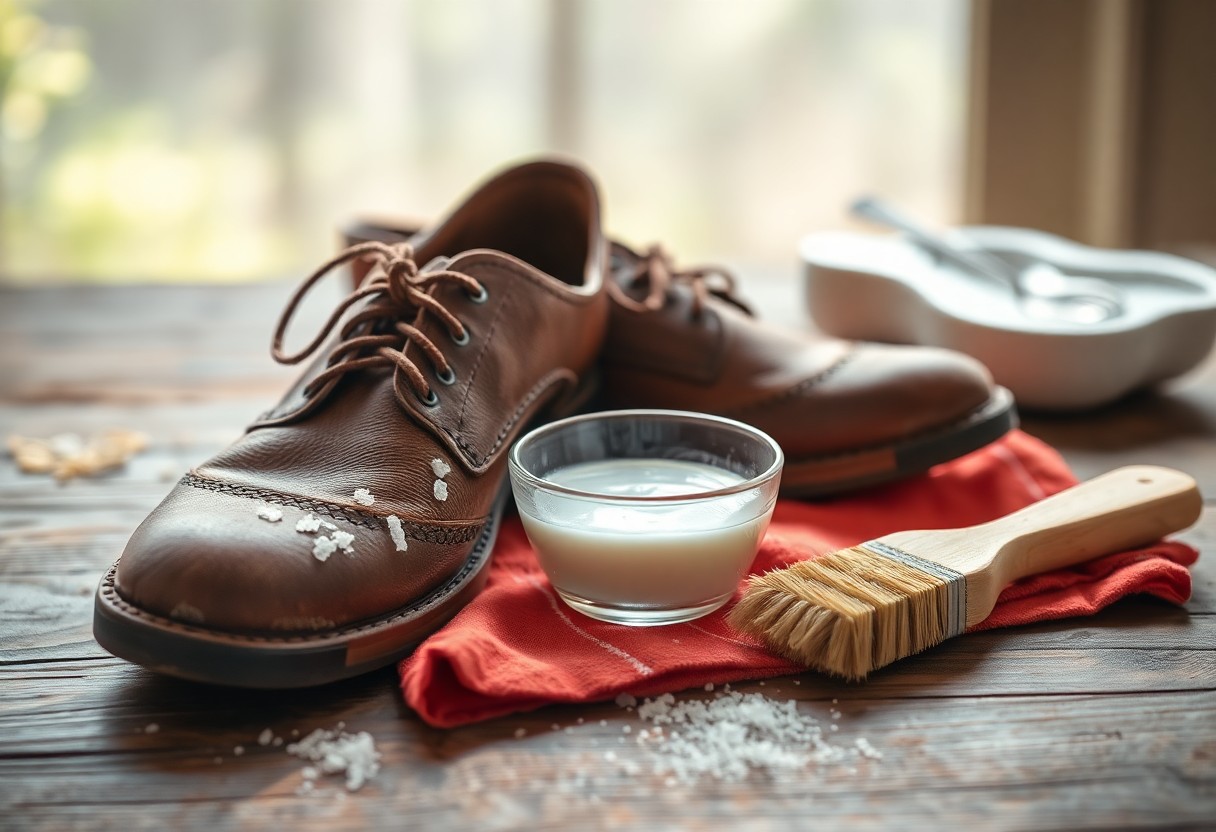
Key Environmental Factors Affecting Shoe Care During Winter
While regional variations exist, salt exposure and leather damage are influenced by a multitude of environmental factors. The challenges faced by your shoes can differ based on location, climate, and urban infrastructure. Temperature fluctuations, humidity levels, and the type of salt used on roads all play a significant role in determining the severity of staining. Recognizing these factors empowers you to adjust your protection strategy accordingly. By understanding the conditions your footwear endures, you can make informed decisions about their care and maintenance.
The Impact of Weather Conditions on Salt Damage to Footwear
The influence of weather conditions on your shoes’ susceptibility to salt damage can vary greatly. When temperatures hover around freezing, wet conditions increase the risk of salt infiltrating the leather. More severe staining is likely to occur during freeze-thaw cycles, where temperatures fluctuate drastically between day and night. Your shoes face heightened vulnerability during early spring when melting snow mixes with residual road salt, necessitating extra care during this transitional period. Being aware of these patterns will help you prepare your footwear for the changing conditions.
Optimal Storage and Maintenance Practices for Winter Footwear
During the winter season, ensuring your shoes are stored properly is crucial for their protection. Keep your footwear in a dry environment with stable temperatures, away from direct heat sources. Regular cleaning after each use is essential to prevent salt buildup, while proper ventilation is necessary to avoid moisture accumulation that could lead to further damage. Consistent attention to detail during winter shoe care is paramount. Never store damp shoes in closed spaces, as this can trap moisture and accelerate salt damage. It is advisable to maintain a regular cleaning schedule and utilize shoe trees to preserve shape and absorb excess moisture. Applying protective treatments before winter begins will create an effective barrier against salt exposure.
Comparative Analysis of Various Treatment Methods for Salt Stain Removal
To keep your shoes protected, it’s crucial to select the appropriate treatment method. Below is a comparison of available options to assist you in making an informed decision:
| Commercial Solutions | Home Remedies |
|---|---|
| Fast-acting formulas | Cost-effective alternatives |
| Specialized protection | Made from natural ingredients |
Assessing the Advantages and Disadvantages of Chemical-based Cleaning Solutions
Utilizing chemical-based solutions offers quick results but requires careful handling and consideration for safety. Here are some factors to weigh:
| Pros | Cons |
|---|---|
| Rapid effectiveness | Higher overall cost |
| Long-lasting protective benefits | Potential use of harsh chemicals |
| Professional-grade results | Possible environmental impact |
| Consistent performance | Specific storage requirements |
Exploring Natural Remedies: Advantages and Disadvantages for Shoe Maintenance
While natural remedies may take longer to yield results, they provide safer alternatives for both your shoes and the environment. Natural solutions, such as vinegar and lemon juice mixtures, offer gentle cleaning action without the risk of harmful chemicals. Although these methods may necessitate more frequent application, they are budget-friendly and easily accessible in most households, making them a practical choice for many shoe owners. Opting for natural options allows you to care for your footwear without introducing potentially harmful substances into your cleaning routine.
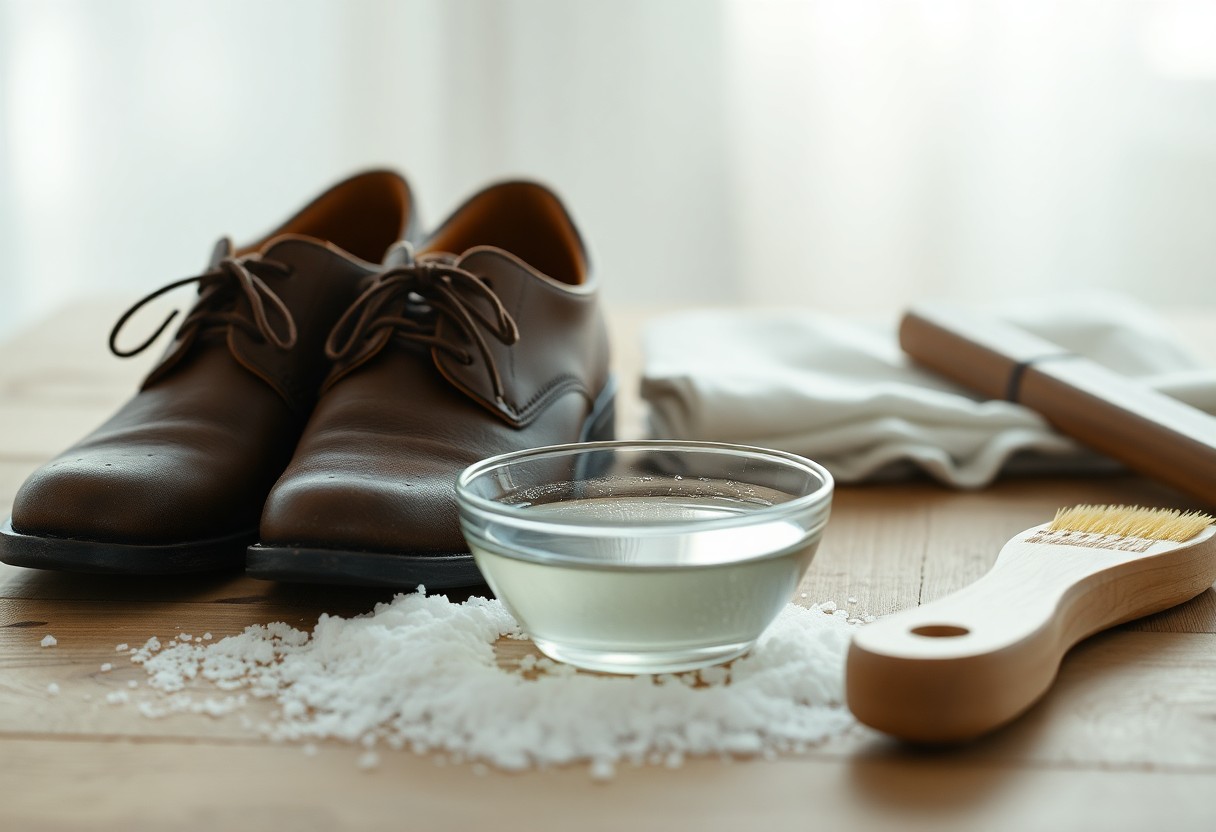
Establishing a Long-term Care Routine for Your Shoes
To ensure your shoes remain protected against salt damage throughout the year, it is essential to adopt a comprehensive care routine. This routine should encompass regular waterproofing treatments, deep cleaning at the change of seasons, and appropriate storage during off-seasons. After winter, conducting a thorough inspection and restoration of your footwear is crucial for maintaining both durability and appearance. Establishing a consistent care routine will significantly enhance the longevity and performance of your shoes, ensuring they withstand the test of time.
Post-treatment Maintenance Strategies for Long-lasting Shoe Protection
Even after successfully removing salt stains, your shoes require ongoing care to prevent future damage. Key maintenance steps include:
- Weekly conditioning of leather surfaces to preserve suppleness
- Application of protective sprays monthly to maintain a barrier
- Storage of shoes with cedar shoe trees to maintain shape and absorb moisture
- Use of protective covers during wet conditions to shield against exposure
After treating salt stains, always allow your shoes to air dry naturally for at least 24 hours to ensure they retain their shape and integrity. This step is vital for maintaining the overall quality and appearance of your footwear.
Establishing a Consistent Care Schedule for Optimal Footwear Maintenance
Maintaining your shoes should adhere to a structured schedule for optimal care. Clean your shoes after each wear during the winter months, apply protective spray every 4-6 weeks, and perform deep conditioning treatments monthly to keep them in peak condition. It’s essential to recognize that prevention is better than cure when it comes to salt damage. Your regular care routine should encompass daily wiping, weekly cleaning, and monthly protection treatments. This systematic approach not only extends the lifespan of your footwear but also ensures they maintain their appearance through the challenges of winter.
Essential Takeaways for Protecting and Maintaining Your Shoes
With these insights, your most effective strategy against salt damage combines proactive prevention with timely action. To protect your shoes, cultivate the habit of wiping them down immediately after exposure to salt, employing proper techniques and appropriate cleaning solutions. If you notice salt stains, act swiftly with a vinegar-water-lemon solution or specialized cleaners. Always follow up with conditioning your leather to restore moisture. By integrating these straightforward steps into your routine, you'll be capable of keeping your shoes looking fantastic and prolonging their life throughout the winter seasons.
Your Questions Answered: FAQs About Shoe Care
Q: What proactive measures can I take to prevent salt stains on my leather shoes during the winter?
A: To prevent salt stains, promptly clean your shoes after exposure to salt using a damp cloth with warm water. Wipe from top to bottom in one direction, changing the cloth section frequently. Additionally, applying a leather protector before the winter season begins is beneficial for creating a strong barrier against salt damage. This proactive approach is critical for maintaining the quality of your footwear.
Q: What is the most effective homemade solution for eliminating existing salt stains from leather shoes?
A: Prepare a mixture utilizing equal parts water, vinegar, and lemon juice for an effective solution to dissolve salt. Apply this mixture with a clean cloth, wiping from top to bottom, and clean the cloth often during the process. After removing the salt, wipe the shoes with plain water using a fresh cloth, then allow them to dry completely before applying leather conditioner. This method ensures thorough cleaning while preserving the integrity of the leather.
Q: How can I ascertain if I have successfully eliminated all salt from my shoes?
A: Inspect the leather surface for any remaining white residue; if none is visible, you have likely removed all the salt. Be mindful that dark stains may persist even after salt removal. These marks indicate areas where the salt has compromised the leather, but they do not signify active salt presence. Always condition the leather after cleaning to replenish moisture and enhance its durability.
The Article Guide to preventing and removing salt stains from shoes effective tips and techniques appeared first on My Shoes Finder
The Article Preventing and Removing Salt Stains from Shoes: Effective Tips Was Found On https://limitsofstrategy.com
The Article Effective Tips for Preventing Salt Stains on Shoes First Appeared ON
: https://ad4sc.com













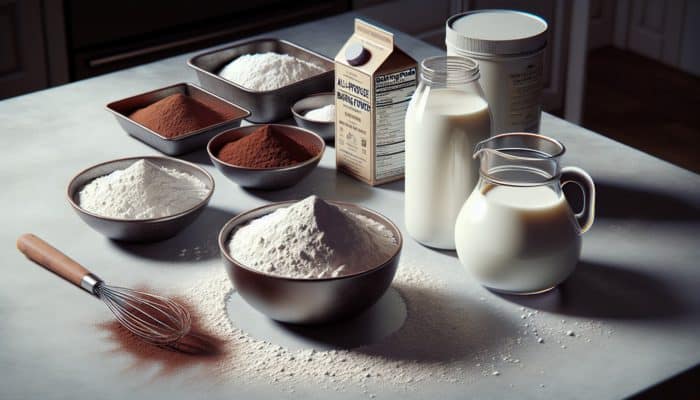

Amadou Mmusi
This guide is timely and practical! I’ve always found winter to be a double-edged sword for footwear. While I adore the cozy vibes and style opportunities that the colder months bring, it feels like a constant battle to keep my shoes in good shape against road salt. Your emphasis on proactive measures resonates with me.